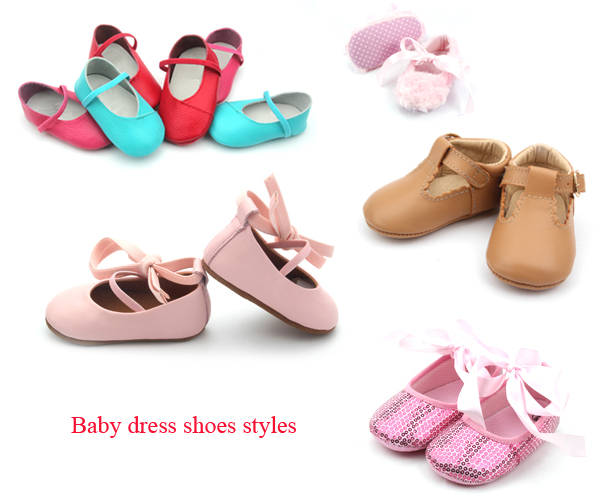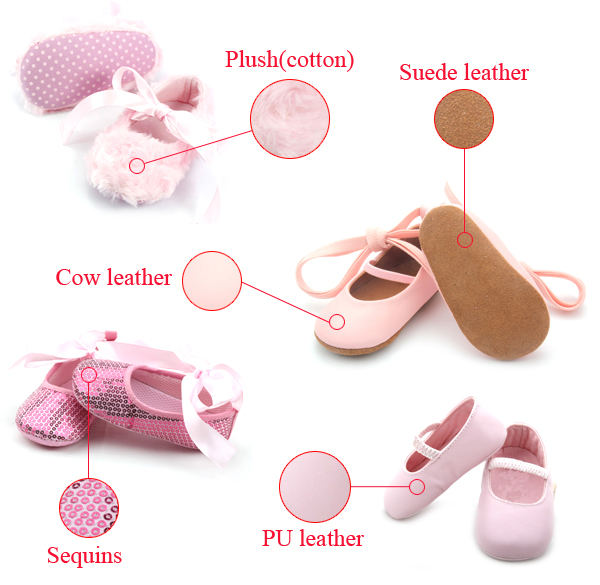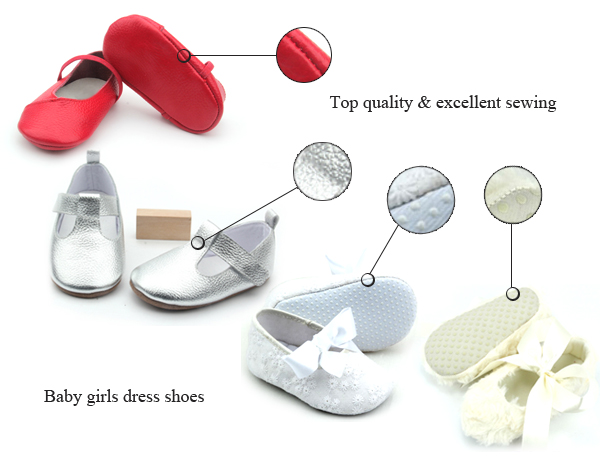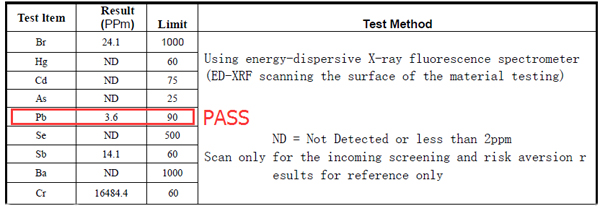In just one year after the “plastic limitâ€, cotton bags and paper bags were thrown out of the “generation molding†because they were not waterproof. The non-woven shopping bags with bright colors and different shapes gradually became behind the scenes and became a household name.
According to estimates by the China Plastics Processing Industry Association, the future market demand for degradable plastic packaging products in China is about 2 million tons. According to the average of 20,000 yuan per ton, the national market will have huge business opportunities of 40 billion yuan.
For the short process, high yield, wide source of raw materials, long service life and degradable non-woven fabrics, its potential to replace ultra-thin plastic bags is self-evident.
So, what is the non-woven fabric? The data show that non-woven fabrics, a kind of chemical fiber products, are oriented or randomly supported by textile short fibers or filaments to form a fiber web structure, which is then reinforced by mechanical, thermal bonding or chemical methods.
In the face of the new plastic policy, everyone seems to have seen business opportunities.
An industry-run business operator said that a non-woven shopping bag of A4 size will cost about 1 yuan, while the price of a bag sold by a supermarket will range from 3 yuan to 5 yuan.
It is understood that in the coastal areas of Zhejiang, some processing factories that originally produced bags and even many garment factories are targeting non-woven business opportunities and are turning to the production of non-woven products.
In order to seize the huge market of non-woven products, some international supermarket giants such as Carrefour, Metro, Wal-Mart and others have also launched their own brand non-woven shopping bags.
In the supermarket cashier's desks such as Carrefour and Yichu Lotus in Beijing, various non-woven bags are hanged at a price ranging from 3.5 yuan to 5 yuan. Some also take measures such as "requiring shopping bags for green bags" to improve The enthusiasm of consumers to use environmentally friendly bags.
On June 15, Metro (China) also announced that from now on, it will stop selling plastic bags in 38 stores nationwide. This means that in the future, consumers may not be able to buy plastic bags in some supermarkets.
In fact, not on the one hand, major businesses purchase and distribute in large quantities. On the other hand, more and more consumers are shopping with non-woven bags. However, Zhu Minru, chairman of the China Industrial Textiles Association, publicly called for the production of non-woven bags to pay attention to cost issues, waterproof, oil-proof, anti-fouling and other functional issues, as well as recycling issues. Therefore, "non-woven bags should be protected against secondary pollution."
Professional organizations such as the Green Packaging Professional Committee of the Chinese Society of Environmental Sciences have issued a reminder to businesses and consumers: “The non-woven bags are also plastic products, which will become a huge source of white pollution after the plastic bags.â€
According to reports, the raw material composition of the nonwovens industry is roughly: 63% for polypropylene, 23% for polyester, 8% for viscose, 2% for acrylic fiber, 1.5% for polyamide, and the rest for other fibers.
Since the reuse rate of non-woven bags is much higher than that of plastic bags, it is environmentally friendly from this point of view. However, the main component of the non-woven fabric is polypropylene, and polypropylene is a petrochemical product. This material is difficult to degrade at room temperature or indoor environment, and it takes about half a year to degrade in an outdoor environment.
In the opinion of some experts, “non-woven fabrics are also chemical products, not the best substitutes.†In addition, non-woven fabrics consume a lot of petroleum resources in the production process. From this point, non-woven shopping bags are not A green bag in the true sense.
The cost of degradable plastic bags needs to be reduced. At the same time, the “plastic limit order†has also prompted some merchants, especially shopping malls, to use paper bags in large quantities.
In the eyes of environmentalists, although paper bags can degrade in the natural environment, the energy resource consumption and environmental pollution caused by the papermaking process may be more serious than plastic shopping bags.
The relevant person in charge of China Engineering Plastics Industry Association believes that whether it is paper bags, degradable bags, or other so-called "green" or "environmental" packaging products, it has a certain impact on the environment, but it is relatively small. The real cause of white pollution in plastic bags is that over-use and recycling are not in place.
At present, China consumes more than 3 billion plastic bags every day. If only one plastic bag is used per person per day and reused, it will produce 2 billion plastic bags per day.
According to the standard, plastic shopping bags are divided into three types, namely ordinary plastic shopping bags, degradable plastic shopping bags, and starch-based plastic shopping bags. According to reports, only the degradable plastic bags are environmentally friendly bags, which are divided into photodegradation and biodegradation.
Experts pointed out that due to technical restrictions, the so-called "environmental bags" that are currently appearing in some markets in China are mostly non-degradable. Therefore, in a certain sense, if the cost of degradable plastic bags is reduced to a level acceptable to ordinary people, then consumers can continue to enjoy convenience and practicality, so that white pollution can be effectively resolved.
Moreover, the purpose of "restricting plastics" is to encourage consumers to re-catch bags and re-raise the baskets, thereby reducing white pollution and achieving environmental protection. Therefore, while seeking other natural and bio-replaceable products, experts believe that changing the public's consumption concept may be more important.
Baby Dress Shoes are usually a style of baby girls shoes, and it is also named baby dancing shoes, Mary Jane Shoes, christening baby shoes......
Baby dress shoes always with cute and fancy appearance in pink and positive light colors.

Mostly materials can be used to manufacture baby dress shoes, genuine leather, suede leather, PU leather, cotton fabric are all common used for baby girls shoes.

All baby dress shoes baby girls shoes our factory manufacture are in best quality and cute appearance, excellent sewing.

The usual sizes we create for baby dress shoes and baby girls shoes are 0 to 24 months, with soft leather sole, or cotton with anti-skid dots.

All materials we used for baby girls shoes are following the requirement of US CPSIA policy, pass customs test, Pb element no higher than 90ppm, friendly to environment and safe to babies.

Baby fancy girls, need a pairs of baby dress shoes belong to them at least, as a princess.
Baby Dress Shoes
Baby Dress Shoes, Leather Dress Shoes, Mary Jane Shoes, Cute Baby Shoes, Fancy Baby Shoes, Baby Party Shoes
Shenzhen Baby Happy Industrial Co.,LTD , http://www.babyshoes.cc